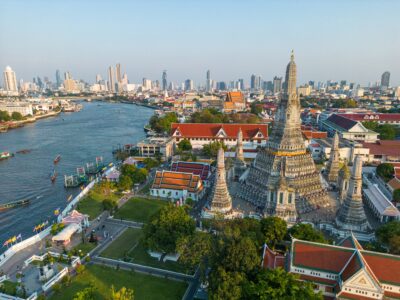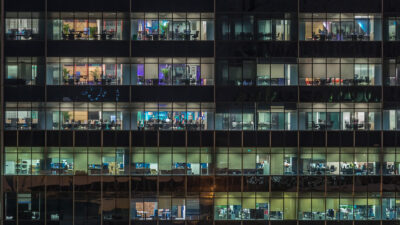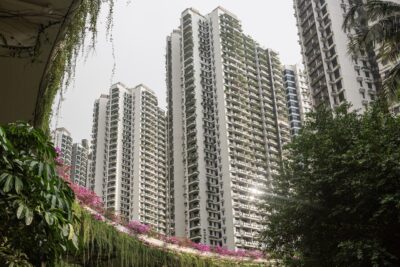See the residential project harnessing Hong Kong’s winds
Mount Pavilia is standing out from the crowd in densely-populated Hong Kong due to its engaging mix of renewable and passive energy initiatives, and innovative landscaping techniques that synchronise with urban farming systems
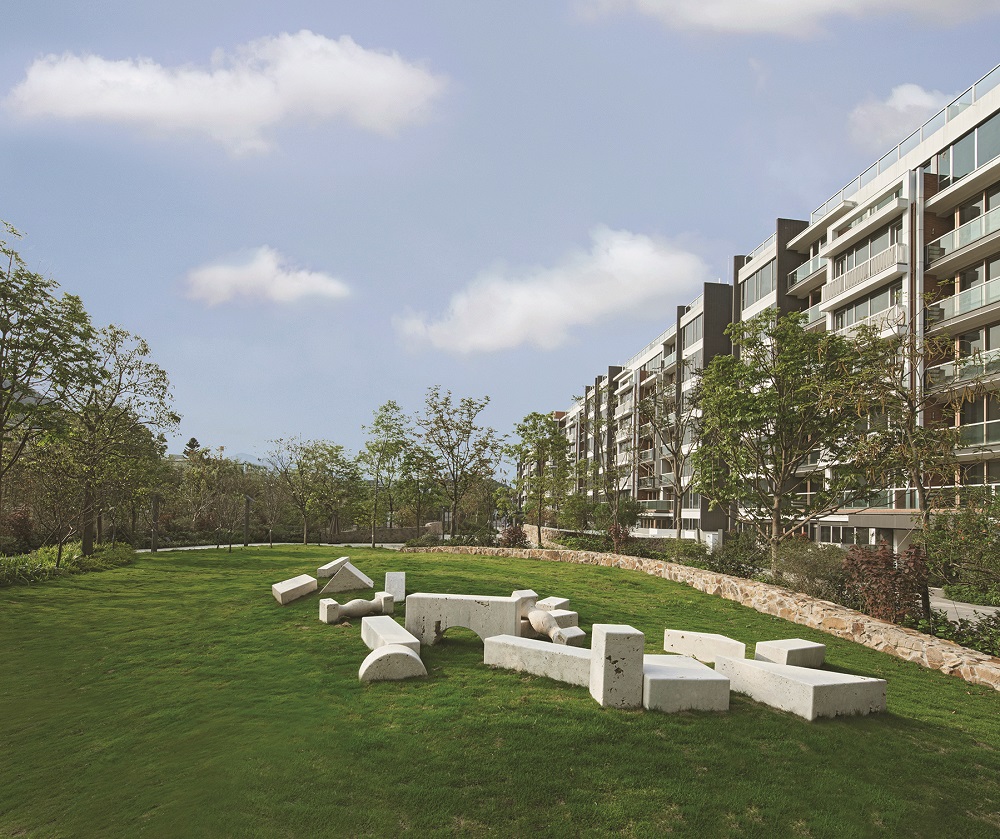
Among the first things visitors will notice about Mount Pavilia, a low-density project by award-winning Hong Kong firm New World Development, are its wind turbines. Perched above 27 tower blocks, the 13 eight-metre high turbines manifest Hong Kong’s potential in renewable energy.
In February, the low-density development designed by Wong Tung and Partners was certified BEAM Plus Gold in a final assessment by the Hong Kong Green Building Council (HKGBC). Since its completion in 2017, the 680-unit property has been critically acclaimed and collecting accolades from PropertyGuru Asia Property Awards, BCI Asia, and more. Beyond its wind energy generators, Mount Pavilia won over sustainability assessors with its efficient water recycling systems and its 340,000 square feet of landscaped areas by Hong Kong architecture firm Adrian L. Norman, the latter leaving room for urban farming systems, including aquaponics and hydroponics.
The 66,800-square-metre brownfield site used to be a mix of scattered farmland and storage yards, hemmed in by a country park and Tai Po Tsai, an indigenous village. Powerful winds sweeping the area were a major factor in the selection of the land, according to Dr. Tony Lam, associate director of Building Sustainability at Arup, the project’s sustainability engineer. The site sits in a 10- to 25-metre wind corridor by Clear Water Bay, and an airflow study on wind availability by Arup affirmed the location ideal “in terms of the height of the wind turbines,” informs Lam.
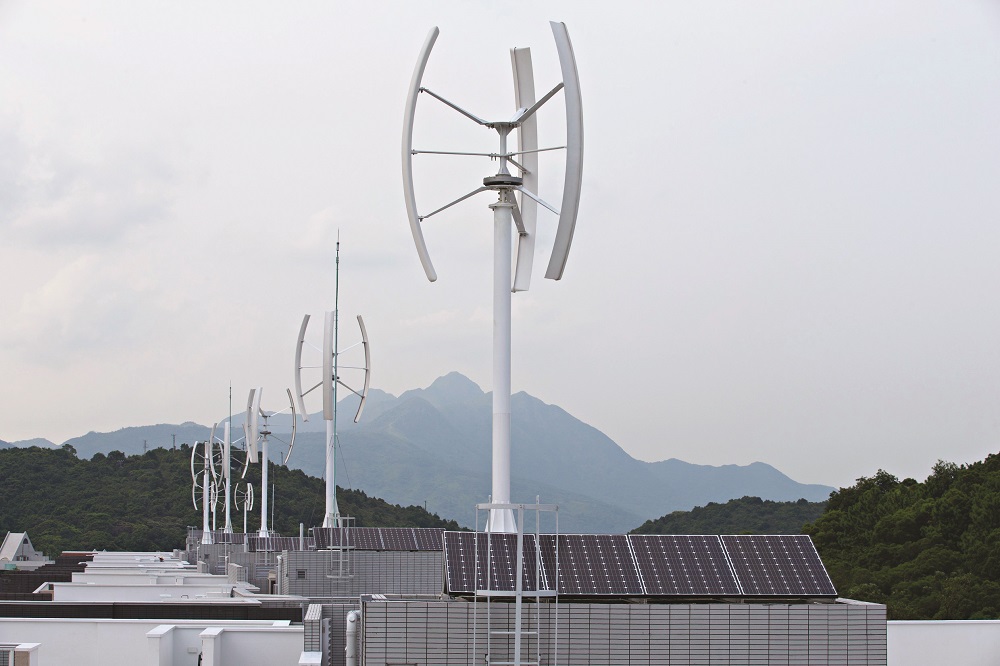
Each turbine, which took a week to install and involved closing off the entire construction site, harnesses 3,000 kilowatts of wind energy—enough to power the main lobby and common areas. For such an atypical project in Hong Kong, Lam relates his firm went through a rigorous selection process for the specific product. Factors such as “noise, safety, and the moving speed of the turbines” were specified among the requirements.
Complementing the development’s wind power capacity are various solar power generators. Sitting below the turbines, solar panels covering 80 square metres have a combined capacity of 12,000 kilowatts. Solar power generators in the clubhouse can heat 4,000 litres of water, while solar-powered lamps line the streets. Any surplus in renewable energy is stored in a battery system that connects to the grid during times of need. “Sometimes the wind is not so steady, so we would want to have a battery to store the energy and output more stable power,” explains Lam.
Given all these, the 98,200-square-metre residential component of Mount Pavilia is estimated to offer nearly 14 percent in energy savings against local building code standards.
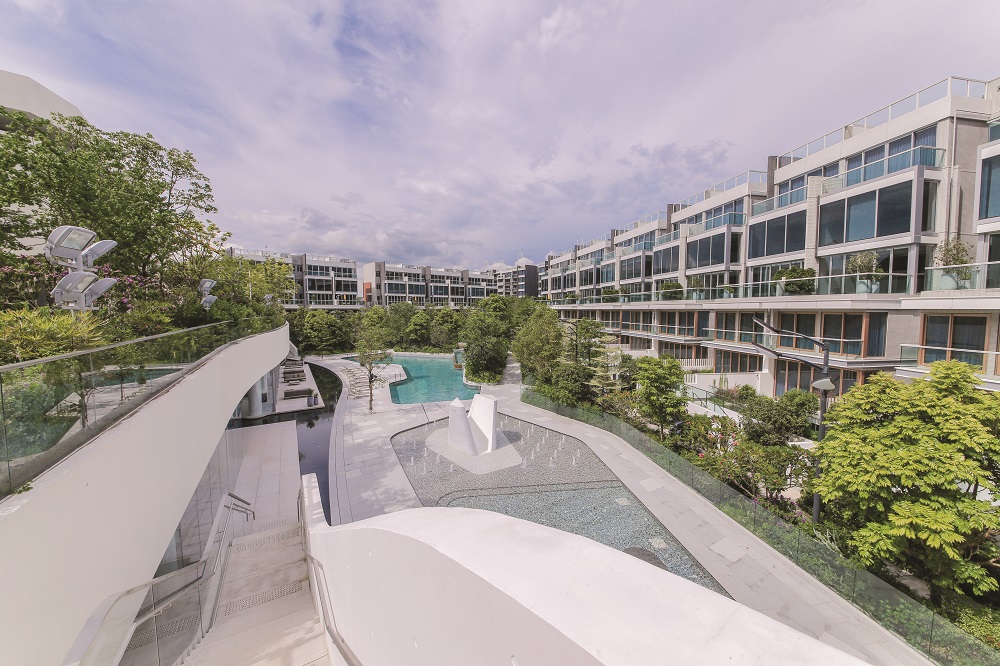
The high winds in the area make it possible for Mount Pavilia to uphold passive energy design adhering to the WELL Building Standard. The interiors are luminous sans the solar heat gain, thanks to sun-shading fins. At least 55 percent of the space receives at least 300 lux of sunlight for at least half the year. All seven buildings in the development feature large windows, facilitating natural ventilation. During mid-season and winter in Hong Kong, residents can simply open their windows to let the cool breeze in.
Therein lies the rub, points out Lam. In Hong Kong where water and electricity are not so expensive, people tend to not be sustainable-minded. “Shopping malls and offices can get so cold [because of the air-conditioning]. We need to educate people that even without using much energy, we can still enjoy comfortable areas,” he says, adding there is a need for more projects like Mount Pavilia “to get people to [realise] the sustainable lifestyle can be [as simple as not] using the air-conditioning every day or turning on all the lights.”
We need to educate people that even without using much energy, we can still enjoy comfortable areas. There’s a need to get people to [realise] the sustainable lifestyle can be [as simple as not] using the air-conditioning every day or turning on all the lights
For all its noble intentions, Mount Pavilia did not escape government scrutiny. For one, the installation of its turbines led to building height surpassing the ridge line of nearby mountains. “It exceeded the height limit of the development. We needed to show an assessment report to the government stating how we wanted to produce green power to help the environment, [and to do this, we needed] this kind of height for the installation,” relates Lam.
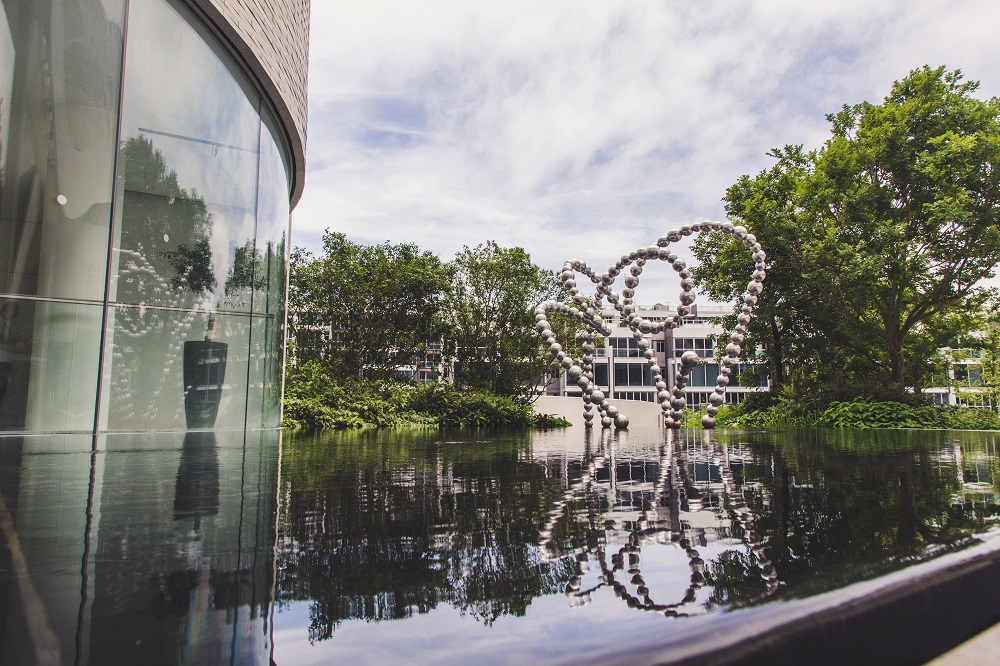
The developer also encountered the same bureaucratic hurdle with the water treatment systems. According to Francis Lai, project manager at New World, “The government didn’t know how to assess the system at first. This kind of system is very valuable because we do not need to spend available water for irrigation—we simply recycle the water. The problem was that the government needed to know the quality of the water—they were talking about the hygiene, etc.”
The wind and water systems eventually won over the authorities. “The water services department of the government quite like our water recycling system,” reports Lai. The grey water collected every day from residents is used to drip-irrigate landscaped areas around the site. They encompass a traditional terrestrial urban farm where tomatoes, herbs, and other crops are grown.
Water is a governing feature in the property’s urban farm, driven by a system of aquaponics and hydroponics that pushed its Innovation score in the BEAM Plus ranking. The system plays a twist on the lucky koi ponds common in Chinese households. The koi’s excretions in the aquaponic pool, which at first glance looks like an impractical water feature, supply nutrition to the hydroponic plants, which then filter the water for the fishes in one harmonious cycle. Produce from the farming systems go to the development’s restaurant.
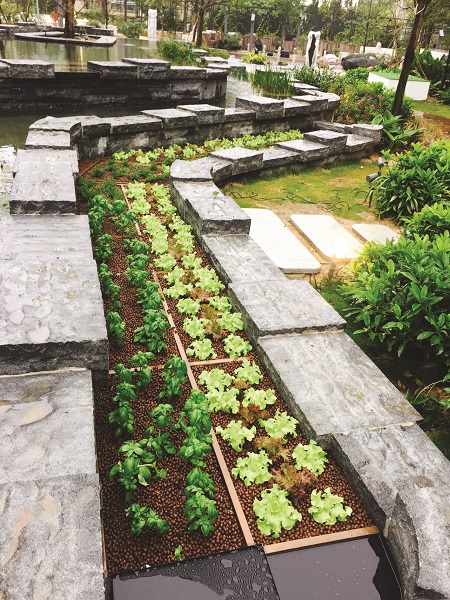
Property managers, however, need to ensure balance is achieved between productivity of the hydroponic crops and water clarity. Says Lam, “Aquaponics can be very productive. If our target is to produce the vegetables, and we allow a high density of fish in the pond, it will make the water so green and not so tidy.”
Nothing is left to waste in Mount Pavilia. Reverse vending machines are available for residents to put in empty plastic bottles and cans in exchange for instant discount coupons. Food waste is regularly collected and put through digesters, converting them into compost for planting.
More: Green-up time for Asia’s polluted cities
The estimated 600 families in the development also have spacious balconies in their individual units, where they may opt to grow full-blown gardens in place of ornamental plants; seeds may be procured from property management.
Mount Pavilia sought to avoid greenwashing from the get-go. BEAM Plus certification frameworks guided the construction process, with care taken to discharge wastewater into manholes after silt removal and pH adjustment, deliver unused timbers to another site, and routinely spray water for dust suppression.
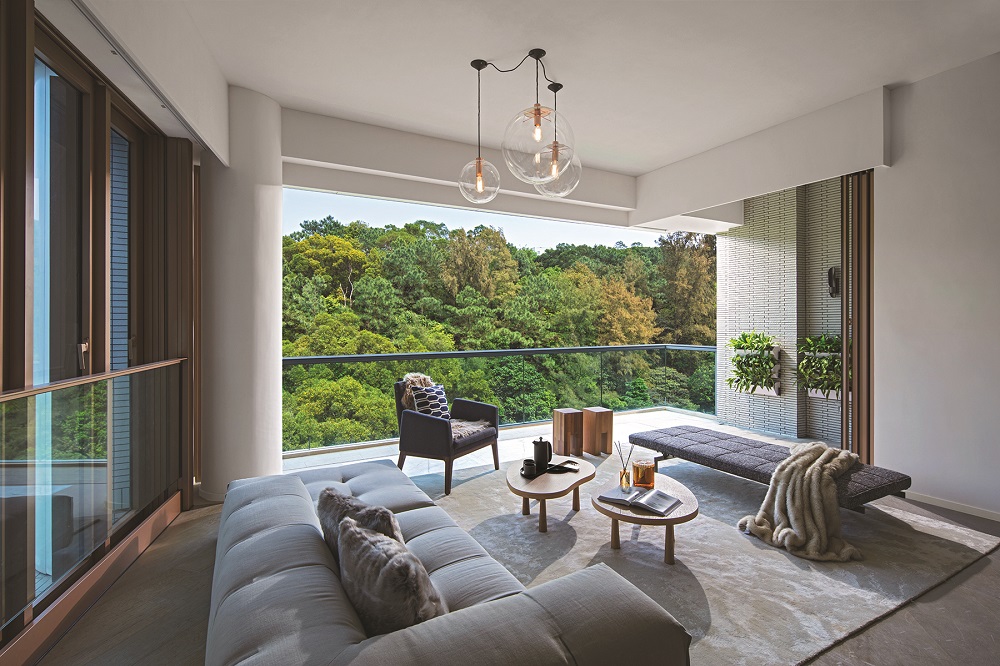
Unlike most of Hong Kong, Mount Pavilia is hardly a paved paradise. Approximately 1,000 trees across 38 species are within the property, while over 300,000 shrubs, ground covers, climbers, and ornamental grass representing 200 species add lushness. “We can see animals and small insects around the property because we have plants that attract them back to the site, meaning we maintained the diversity of the original site,” ends Lam.
It’s yet another example of how the development is putting nature to the fore in one of the world’s most hectic urban jungles.
This article originally appeared in Issue No. 154 of PropertyGuru Property Report Magazine
Recommended
Meet the vagabond architect behind India’s housing scene
Vinu Daniel is helping to shake up India’s home building setting
Where Asian real estate stands in a fragmented, warmer world
Asia’s real estate industry faces many and varied challenges as external factors continue to bite
6 sights to see in Singapore’s Marine Parade
Handily located Marine Parade has emerged as a vibrant investment choice in the Lion City
There’s a township dedicated to health and wellness in Malaysia
Property seekers have their health needs catered for at KL Wellness City





